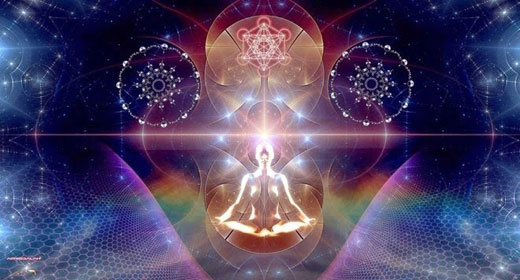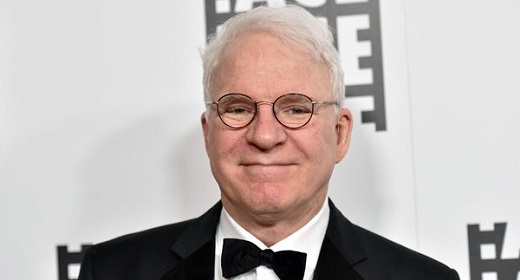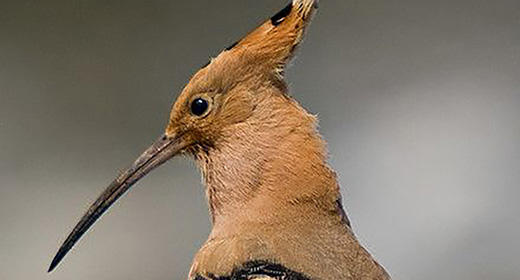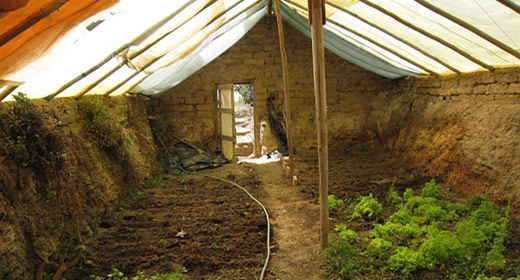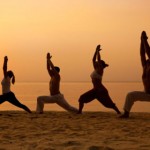If you’re just starting to explore the wonderful world of yoga…
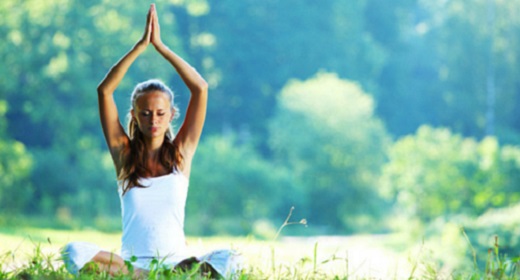
then chances are that one of the biggest questions you’re facing is what kind of yoga is right for you. With thousands of yoga teachers each leading different styles of classes under different branches of yoga, how do you know which one to start with?
It can be even more difficult when it seems like everyone has their own (passionate) opinion on the matter. Some might ardently claim Vinyasa is the best type of yoga, while others whole-heartedly believing there is no yoga like Iyengar… and those are just two of the many different yoga styles out there!
As you begin your yoga journey, one of the most important things to remember is that there truly is no right or wrong way to practice yoga. We each come to yoga from different places and experiences; there is a yoga style that is right for each of us. It’s also totally okay to experiment with different classes, styles and teachers until you find the right kind of yoga for you and your mind, body and soul. In fact, even once you think you know what your favorite type of yoga is, there is great power in continuing to expand your horizons and boundaries by consistently trying out new yoga genres.
One of the best ways to know what type of yoga is right for you is to simply start practicing and observing what feels right for you and your body. That’s largely because yoga deals not only with how we stretch our bodies, but also with the way we work our breath, mind and soul. Until you try different types of yoga, you will never really know how it feels for you.
That said, it is also helpful to have a basic understanding of all the different types of yoga you might stumble upon online or at your local studio. Here is a basic introduction to many of the most popular types of yoga, and how to know if they might be right for you:
What Type Of Yoga Is Right For You? An Introduction To Popular Yoga Styles:
Hatha
Hatha is often misunderstood as beginner or “grandma” yoga. In reality, it is an umbrella term for nearly all of the other types of yoga listed below. The practice of Hatha dates back to 500 AD when a group of people called the Naths decided it was possible to obtain enlightenment through working and moving the body in different poses. Iyengar, Ashtanga, Vinyasa and other popular types of yoga evolved from Hatha. This means that Hatha yoga practices can vary wildly. That said, typically these are ideal classes to attend if you are just getting started with yoga and would like an overview of a wide array of fundamental yoga classes.
Bhakti
Bhakti yoga is all about love and devotion. The idea behind Bhakti is that everything we do should be an offering of intense love back out into the worldas a means of reaching enlightenment. In recent years, Bhakti concerts and musical gatherings have become one of the most popular facets of Bhakti, though in reality the practice extends into the loving mindfulness we bring into all of our actions—both on and off the mat. This great article on Yoga Journal goes into Bhakti yoga in more detail. If you’re looking for a style of yoga that is much more than just the way you work your body on your mat, this could be a great genre for you.
Vinyasa
Vinyasa yoga is typically associated with yoga flows. The poses are sequenced to match the inhale and exhale of the breath, and are extremely fluid; the transitions in a Vinyasa yoga class are as important as holding each of the poses themselves. One of the beautiful things about Vinyasa yoga is that no two classes are ever alike. You’ll find fast, slow, challenging and introductory Vinyasa classes, all depending on the studio and the teacher. Vinyasa flows are ideal if you like to change things up in your yoga practice, as well as if you want to synchronize your movement with your breath.
Restorative
The students who don’t want to practice Restorative yoga are often the ones who need it the most. Restorative yoga is all about relaxing and restoring the mind and muscles. It’s especially potent after a particularly busy or stressful day. In Restorative practices, students use blankets, pillows and bolsters to allow them to relax into the postures as fully as possible. Each posture is then held for only a few minutes up to ten minutes. After a particularly powerful restorative practice, you might find you leave class feeling fresher than after a full night’s sleep.
Iyengar
Iyengar yoga is named after B.K.S. Iyengar, a pioneer of yoga who was one of the first to bring yoga to the West. Iyengar is also famed for developing a style of yoga that focuses on alignment yet remains accessible to everyone —regardless of age or experience. Iyengar is a particularly great style of yoga for those students with injuries, as classes are typically slower and deeply mindful. Teachers are well-trained and extensive props are used to ensure that students can feel the full effects of the poses while always moving into them correctly.
Ashtanga
Ashtanga is a physically demanding form of yoga that follows the same series of power yoga poses. As in Vinyasa, each movement is linked to the breath, but there is more of a focus on each pose in the sequence. Ashtanga is strongly linked to the 8 limbs of yoga, so it is an ideal practice for those who want to focus strongly on their physical abilities without compromising the spiritual aspect of yoga as well. Expect to do a lot of sun salutations and leave class feeling the full effects of a total body workout.
Mysore
Mysore yoga follows the same series as Ashtanga. However, the primary difference is that the classes are taught one-on-one in a group setting. Students practice the Ashtanga yoga sequence under the trained eyes of their teacher who comes around to assist and adjust students individually. Mysore is a great option for many, depending on the amount of personalization and independence you desire in your practice.
Yin
Yin yoga is similar to Restorative in that it focuses on slower, meditative poses to relax and revive the mind, body and spirit. Most Yin poses take place on the floor, and allow the student to move more deeply into the body. Postures are held from three minutes to even 20 minutes in some cases. By holding the postures for so long, it allows students time to dig in and restructure connective tissue of the body.
Power Yoga
As the name suggests, Power Yoga is designed to be an intense workout that utilizes yoga poses and sequences to make you sweat! There are many different kinds of Power Yoga, from classes at your neighborhood gym to the Baptiste style classes that focus on transforming your body and your life. If you want to loose weight and get physically fit, then Power Yoga might be a great fit for your lifestyle.
Aerial
Aerial Yoga is sometimes referred to as the “anti-gravity yoga.” Using silks or a hammock that hangs from the ceiling, Aerial Yoga allows you to receive the benefits of inversions, back bends and other poses that otherwise might be impossible from the ground. Many students feel just as revived after an Aerial class as they do after a Restorative or Yin yoga class.
Kundalini
Kundalini yoga revolves around reaching our highest consciousness and destiny by awakening the power of the individual. To release the kundalini energy, breathing exercises, kriya exercies and meditation are practiced. It is believed that Kundalini is the fundamental energy that flows through the body and organisms, allowing for all its systems to operate at all levels of consciousness. Kundalini Yoga practices allow us to rid any blockages, thus letting the Kundalini energy flow freely through the body—which then supports us in reaching an ultimate stage for meditation.
AcroYoga
AcroYoga is a fun and playful practice that incorporates acrobatics with yoga postures. According to AcroYoga.org: “AcroYoga blends the wisdom of yoga, the dynamic power of acrobatics, and the loving kindness of healing arts. These three lineages form the foundation of a practice that cultivates trust, playfulness, and community.” Though AcroYoga might look difficult or complex, many of the partner poses are accessible to beginners.
Partner Yoga
Though you likely won’t find any studios that purely practice this type of yoga, partner yoga classes are increasing in popularity around the world. The idea behind partner yoga is that by using another person as an aid, you are able to move deeper into yoga postures that would otherwise be unaccessible. Sometimes there are also elements of massage and connecting with your partner’s energy through breath work. If you aren’t comfortable getting up close and personal with strangers, then partner yoga may not be the best yoga class to get started with. However, partner yoga classes are an excellent way to nurture relationships (both intimate and friendly) while leaving with a great stretch!
These are just a few of the most common types of yoga classes that you’ll likely find online or at your neighborhood yoga studio. As the popularity of yoga continues to grow and expand, so is the likelihood that new types and styles of yoga will continue to pop up around the world. It is best to go into each yoga class with an open mind and a willingness to see how the yoga class resonates with you and your personal goals.
If you are seeking a yoga class that goes deep into the spiritual side of yoga, then perhaps an Ashtanga or Bhakti Yoga class would be best for you. If you need to relax and unwind, then you might find Restorative or Yin to be just what you need. If you want to focus on your flow and breath work, then Vinyasa or Anusara might be good classes to try. If you want something lighthearted and fun, try an Acro Yoga class or Aerial Yoga class. If you want something sweaty and intense, head to your neighborhood Bikram or Power Yoga studio. And if you have no idea what you want at all, then hop around to all of them to find out for yourself!
What type of yoga do you practice and WHY? What do you cherish the most about that style? Leave your thoughts in the comments below so we can all continue to explore the ever-evolving practice of yoga together!

